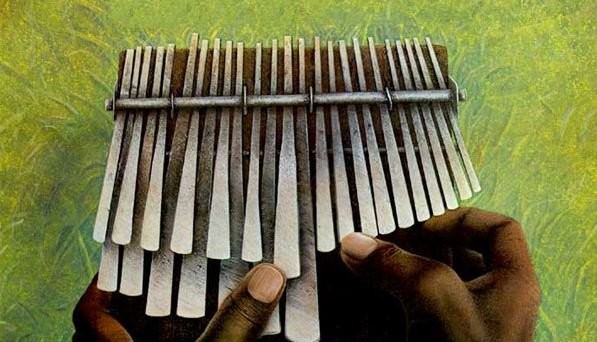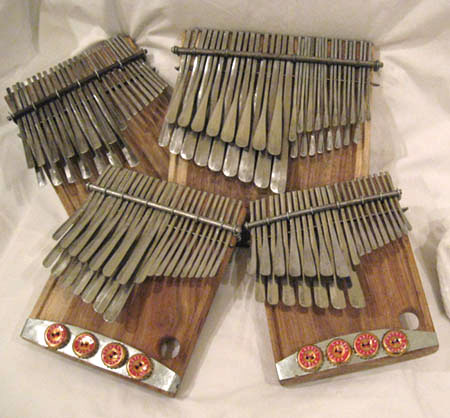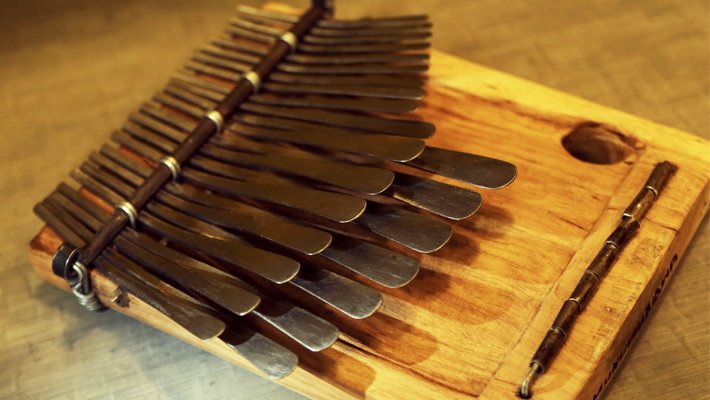Mbira is the traditional music of the Shona people of Zimbabwe. Its history dates back more than a thousand years. The music is an extension of the culture, folklore, wisdom and spirituality of the Shona people.
The word mbira is also used interchangeably to describe four related concepts:
- The first is a musical instrument with sound producing metal keys.
- The second concept of mbira refers to each individual key.
- The third concept refers to a type of music played on the mbira instrument.
- The fourth and final concept of refers to a family of instruments with similar general features but with different physical configurations, social and religious functions.

Of the different instruments in the mbira family, the most sacred and revered instrument is the 22-key Mbira dzaVadzimu or mbira of the ancestral spirits. Several versions of the same instrument with anywhere between 24 and 28 keys also exist with different tuning.
Mbira Construction
The mbira dzavadzimu is a set of carefully shaped and sized metal keys that produce different tones. The keys are mounted on a rectangular wooden sound board that acts as a first level amplifier. The metal keys are mounted to form three registers, ergonomically arranged to facilitate playing with both thumbs and one forefinger. A metal plate, upon which bottle caps, or in the old days, snail shells are affixed, is attached to the front of the sound board.


The shells produce a buzzing sound as they are excited from tones produced by the metal reeds. Unlike western music where a buzzing sound in considered distortion, and therefore undesirable, the mbira’s buzzing sound is an integral and necessary part of the music. For the listener, the buzz “tunes out” other stimuli and allows the listener to hear the mbira rythms. The mbira is mounted inside a calabash resonator (deze). Bottle caps or snail shells are attached to the mouth of the calabash.


Spiritual Embodiment
The instrument’s components, embody many spiritual aspects. The metal keys are made from smelted iron ore which is dug out from sacred hills and holy mountains where the Shona chiefs and Shona statesmen are buried. The keys thus personify the presence of ancestral spirits directly on the instrument. The sound board, made from a special kind of tree, mubvamaropa, represents a source of shelter and fuel, basic necessities in everyday Shona life. The resonator gourd or deze, into which the mbira is mounted and propped as a second level amplifier is a special type of dried squash, called Nhangatanga or the first squash, which is a source of food. It is also used as a water container, dende.



